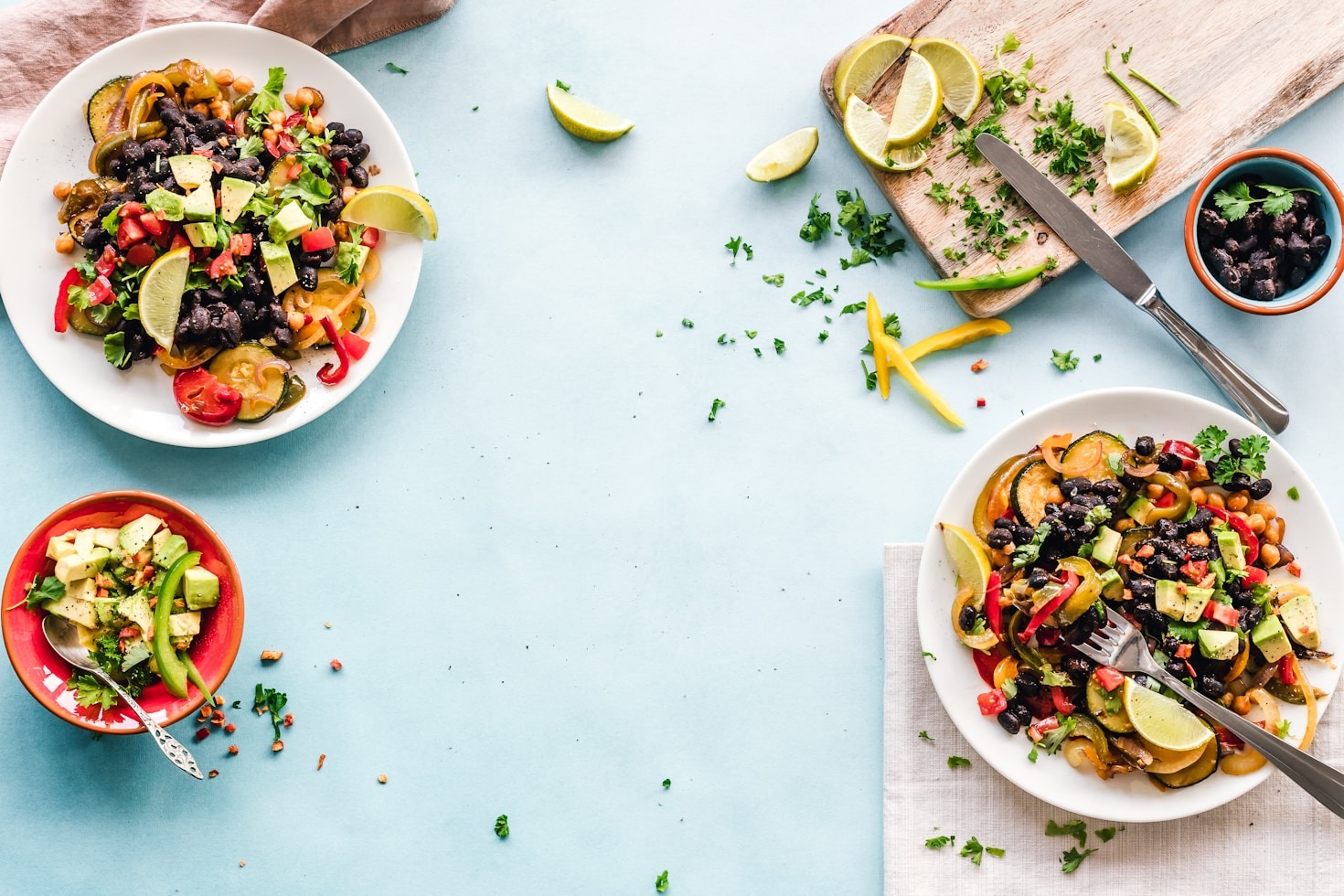Food is more than just nourishment — it’s an experience. The secret to creating dishes that linger in the memory lies in the art of flavor pairing. Whether you’re a home cook or a seasoned chef, understanding how different tastes interact can elevate your culinary creations. In this article, we’ll explore how to pair flavors thoughtfully to bring balance, depth, and delight to every bite. Let this be your essential guide to mastering the subtle science — and creative magic — of combining flavors perfectly.
“Sometimes, the simplest moments hold the deepest wisdom. Let your thoughts settle, and clarity will find you.”
Use this quote space to share something inspirational or reflective, perfectly aligned with the theme of your article.
Flavor pairing is rooted in both chemistry and creativity. Sweet and salty, bitter and sour, umami and spice — these combinations aren’t accidental. They trigger emotional and sensory responses that make food more enjoyable. For example, pairing rich, fatty meats with something acidic like citrus or vinegar helps cleanse the palate and create balance. Similarly, sweet ingredients like honey or fruit can mellow the intensity of spicy or savory dishes. Think of flavors as notes in a melody — each one should complement, not overpower, the other.
Consider classic pairings like tomato and basil, chocolate and chili, or apple and cinnamon. These combinations work because they enhance each other’s best qualities. Using tools like the flavor wheel or experimenting with contrasting textures and aromas can also lead to exciting discoveries in the kitchen. Don’t be afraid to try unconventional pairings — innovation often leads to the most memorable meals.


As you continue your culinary journey, think beyond individual ingredients. How do cooking methods impact flavor? Grilling adds smokiness; roasting brings out sweetness; fermentation introduces tang. Even presentation matters — we eat with our eyes first. Pairing flavors also involves balance in temperature, texture, and visual appeal. A well-paired dish tells a story, guiding your senses from the first bite to the last. If you’re hosting, use pairing to curate an experience: start with something light and crisp, then move into rich, bold flavors, ending with a sweet or refreshing note.
Wrapping Up with Key Insights
Mastering flavor pairing is both an art and a skill. By understanding how flavors interact, you can turn everyday ingredients into extraordinary meals. Remember: contrast creates balance, and harmony enhances enjoyment. Use these principles to experiment boldly and cook intuitively. The next time you prepare a dish, think not just about what you’re making — but how it will taste, feel, and linger in the memory of those who share it with you. Flavor isn’t just something we taste — it’s something we feel.


Leave a Reply